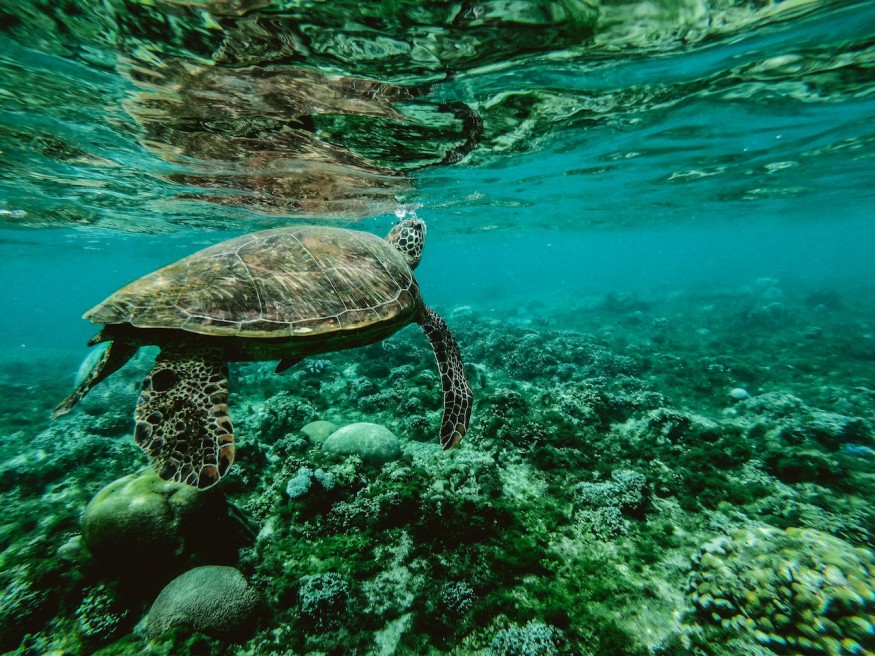
A new study discovered that extreme microplastic concentrations could increase beach sand temperatures. These temperatures may reach levels that are enough to threaten the development of incubating sea turtles.
Microplastic Concentration Increases Sand Temperatures
According to Phys, as part of the study, researchers from Florida State University mixed sand, which was taken from beaches at the FSU Coastal and Marine Laboratory, with microplastics that are black and white. The concentration levels were within the 5% to 30% range of the sediment sample's total volume. Their findings were included in the Frontiers in Marine Science journal.
The researchers then proceeded to record temperatures from July up until September 2018 with digital thermometers. They measured this at the same depths at which the creatures usually lay eggs.
Science Daily reports that the scientists discovered that samples with higher concentrations of microplastics had higher temperatures. They noted that the samples with 30% black microplastic pieces had the highest temperature mean differences.
The temperatures of such samples were 0.58 degrees higher compared to the control group. Such temperature increases could affect the sex ratio, embryo mortality, and physiological performance of sea turtle hatchlings.
The study does come with good news, however. 30% microplastic concentration is equivalent to 9.8 million pieces for each cubic meter. This is a concentration that has been observed on global beaches. According to research, the highest concentration levels from beaches lie at 1.8 million pieces for each cubic meter.
However, the microplastic quantities in nesting sites have only been a recent subject of exploration. Phys notes the possibility of levels being higher in areas that have not been investigated.
ALSO READ : Marine Pollution Causes Sea Turtles to Die After Accidentally Eating Tons of Plastic Trashes
Sea Turtles
Sea turtles have important roles in the ecosystems of the marine world. For them to thrive, they require healthy beaches that allow them to successfully incubate their hatchlings.
The fitness, sex, and hatching success of sea turtles are affected by temperatures. Given that there is limited understanding regarding how microplastic could affect the sand's thermal profile, knowing how these environmental changes could affect nesting area temperatures is vital to monitoring sea turtles.
In nesting areas where egg incubation nears a boundary of 29 degrees Celsius, smaller microplastic concentrations could be sufficient to push these temperatures beyond the ideal threshold. This specific boundary is above, where most hatchlings are female, and below, where hatchlings are male.
Mariana Fuentes, the study's lead author and an associate professor from the Department of Earth, Ocean and Atmospheric Science at FSU, explains that the eggs of these creatures are sensitive to temperature levels. Now, microplastics are a newly identified factor that could affect the heat they encounter.
RELATED ARTICLE : Plastic Pollution Could Be Leading Sea Turtles into an 'Evolutionary Trap," Can They Still Avert This Disaster?
Check out more news and information on Animals in Science Times.
© 2025 ScienceTimes.com All rights reserved. Do not reproduce without permission. The window to the world of Science Times.











